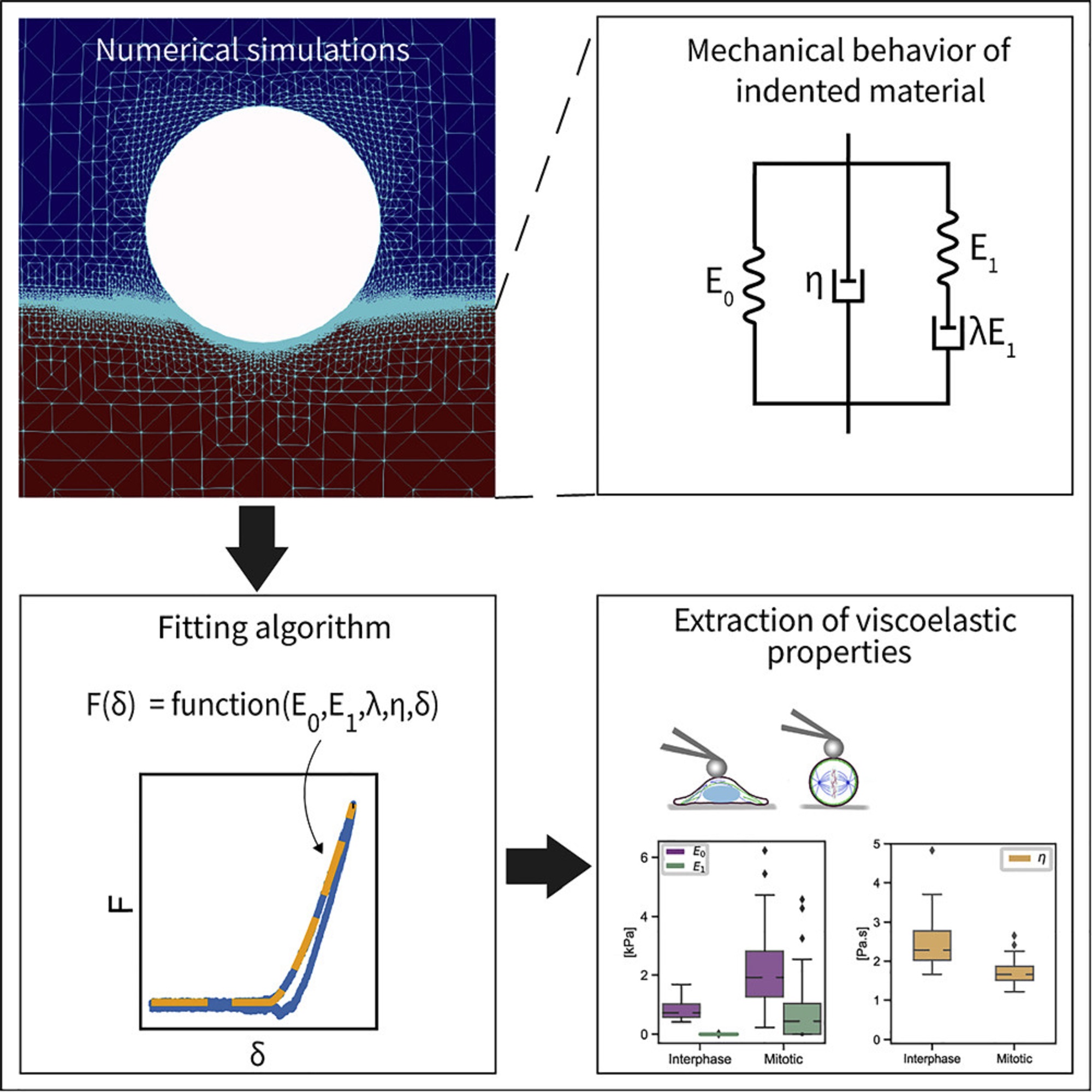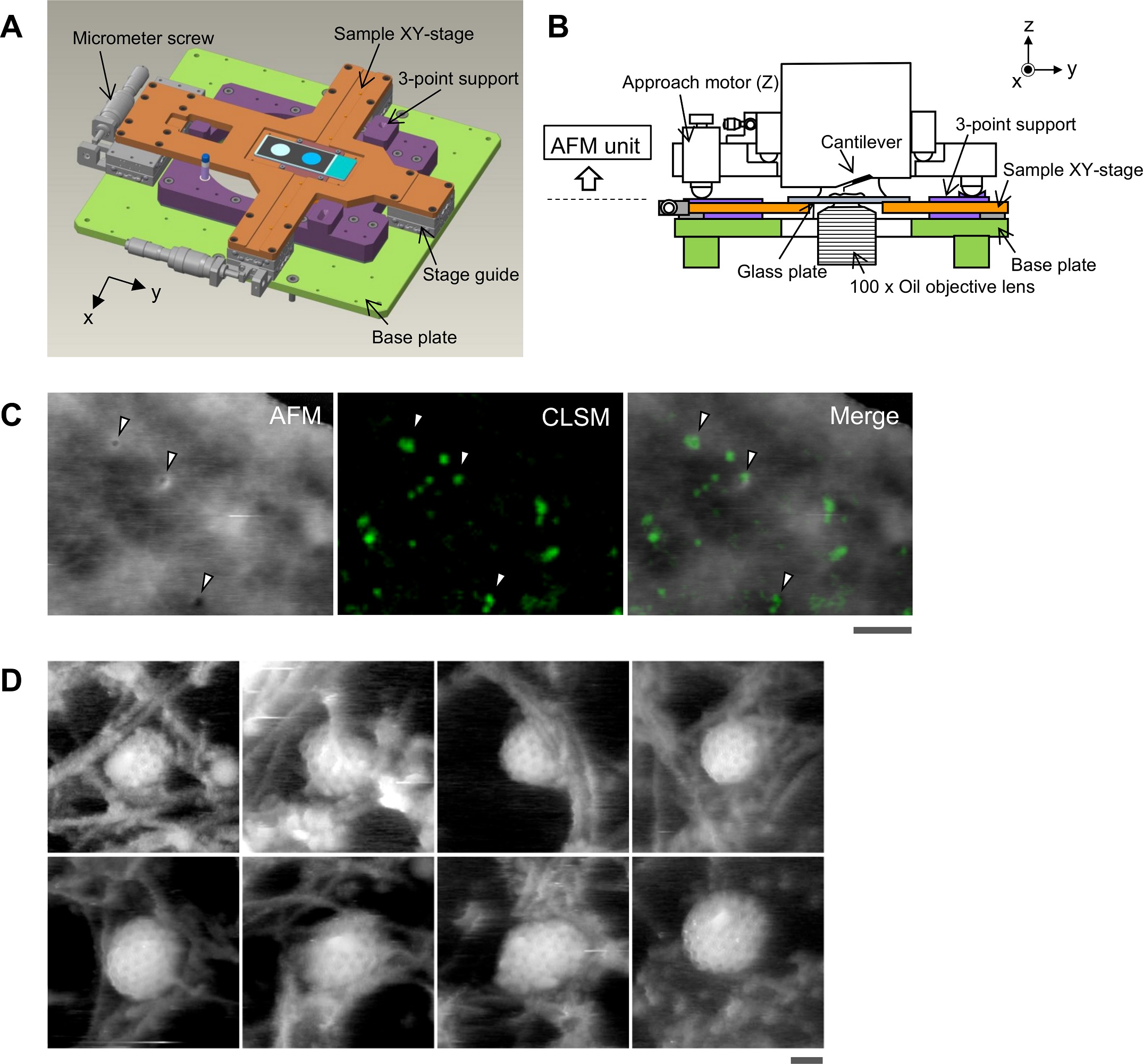

NanoAndMore GmbH will have a booth that this year’s Dutch SPM Day on Friday, November 8th, 2024.Fri Nov 08 2024


Next Generation Biomaterial for Advanced Delivery Systems for ImmunotherapyFri Oct 25 2024
- Title: Modification of Living Diatom, Thalassiosira weissflogii, with a Calcium Precursor through a Calcium Uptake Mechanism: A Next Generation Biomaterial for Advanced Delivery Systems
DOI: 10.1021/acsabm.4c00431 - Authors: Isma Liza Mohd Isa, Akshay Srivastava, David Tiernan, Peter Owens, Peadar Rooney, Peter Dockery, and Abhay Pandit
- Publication: ACS Applied Bio Materials
- Publisher: American Chemical Society
- Date: June 17, 2024


Check out this investigation of the effects of contaminants in the liquid meniscus between the AFM tip and the sample on conductivity.Mon Oct 21 2024


@NanoAndMore Japan is exhibiting at the 10t International Symposium on Surface Science in Kita-kyushu, Fukuoka, Japan this weekMon Oct 21 2024


Potential-dependent superlubricity of stainless steel and Au(111) using a water-in-surface-active ionic liquid mixtureTue Oct 15 2024


Real-time multistep asymmetrical disassembly of nucleosomes and chromatosomes visualized by high-speed atomic force microscopyThu Oct 03 2024


Combined confocal microscopy and atomic force microscopy with our ElectriCont-G and MagneticMulti75-G AFM probes demonstrate sub-diffraction localization of luminescent defects and nitrogen vacancy center based magnetometry.Mon Sep 30 2024
"The setup demonstrates ≈10 nm resolution in PL imaging of shallow NV centers in diamond and shows the ability to separately address NV centers unresolvable with optical means. The results indicate that in contrast to gold cantilevers, platinum tips of the same diameter do not exhibit a significant plasmon-related PL enhancement, while still inducing a PL quenching at the lateral NV-tip distances comparable to the tip diameter. This nanoscale localization can be utilized to determine the position of single NV centers in diamond nanopillars with high precision, which is crucial for the scanning NV magnetometry."


Carbon Thin-Film Electrodes as High-Performing Substrates for Correlative Single Entity ElectrochemistryThu Sep 26 2024


Our MikroMasch HQ:CSC38/tipless/Cr-Au and HQ:NCS35/tipless/Al BS AFM cantilevers are used in the experiments.Wed Sep 25 2024


Kinetic-controlled Crystallization of α-FAPbI3 Inducing Preferred Crystallographic Orientation Enhances Photovoltaic PerformanceThu Sep 19 2024


Visit NanoAndMore Japan at JSAP Expo Autum 2024 this weekMon Sep 16 2024


今週、JSAP Expo Autum 2024 で NanoAndMore Japan にお越しくださいMon Sep 16 2024
NanoAndMoreジャパンは応用物理学会 秋季学術講演会 併設展示会 JSAP EXPO Autumn - this is the main text
2024に出展しています。
主催:公益社団法人 日本応用物理学会
日時:2024年9月16日 (月)-9月20日(金)
場所:新潟市 朱鷺メッセ ブーズ番号I-24
https://meeting.jsap.or.jp/
#AFMカンチレバー #AFMプローブ #日本応用物理学会 #応用物理学 #物理学 #SPMプローブ #原子間力顕微鏡 #走査型プローブ顕微鏡 #jsap #超高周波AFMプローブ #マイクロカンチレバー #ナノテクノロジー #材料科学 #生物物理学 #応用物理学 #走査型プローブ顕微鏡 学 #応用物理学 #走査型プローブ顕微鏡


Deformable microlaser force sensingThu Sep 12 2024


An explicit model to extract viscoelastic properties of cells from AFM force-indentation curvesFri Sep 06 2024


We are often asked whether our platinum coated ElectriCont-G AFM probes are suitable for Conductive AFM.Wed Sep 04 2024


Light-Induced Ferroelectric Modulation of p-n Homojunctions in Monolayer MoS2Tue Sep 03 2024


Switchable friction and wear behavior of ferroelectrics is observed with AFM.Mon Sep 02 2024


Morphological changes of plasma membrane and protein assembly during clathrin-mediated endocytosisFri Aug 30 2024


Structural Protein Changes Captured at High Temporal and Spatial ResolutionsFri Aug 30 2024
- Title: Deciphering the actin structure-dependent preferential cooperative binding of cofilin
- DOI: 10.1101/2023.12.06.570358
- Authors: Ngo, Kien Xuan and Vu, Huong T and Umeda, Kenichi and Trinh, Minh-Nhat and Kodera, Noriyuki and Uyeda, Taro Q.P.
- Publication: bioRxiv
- Pubisher: Cold Spring Harbor Laboratory
- Date: May 29, 2024


Stop by NanoAndMore USA booth 1407 at the ACSFALL2024Tue Aug 20 2024

















